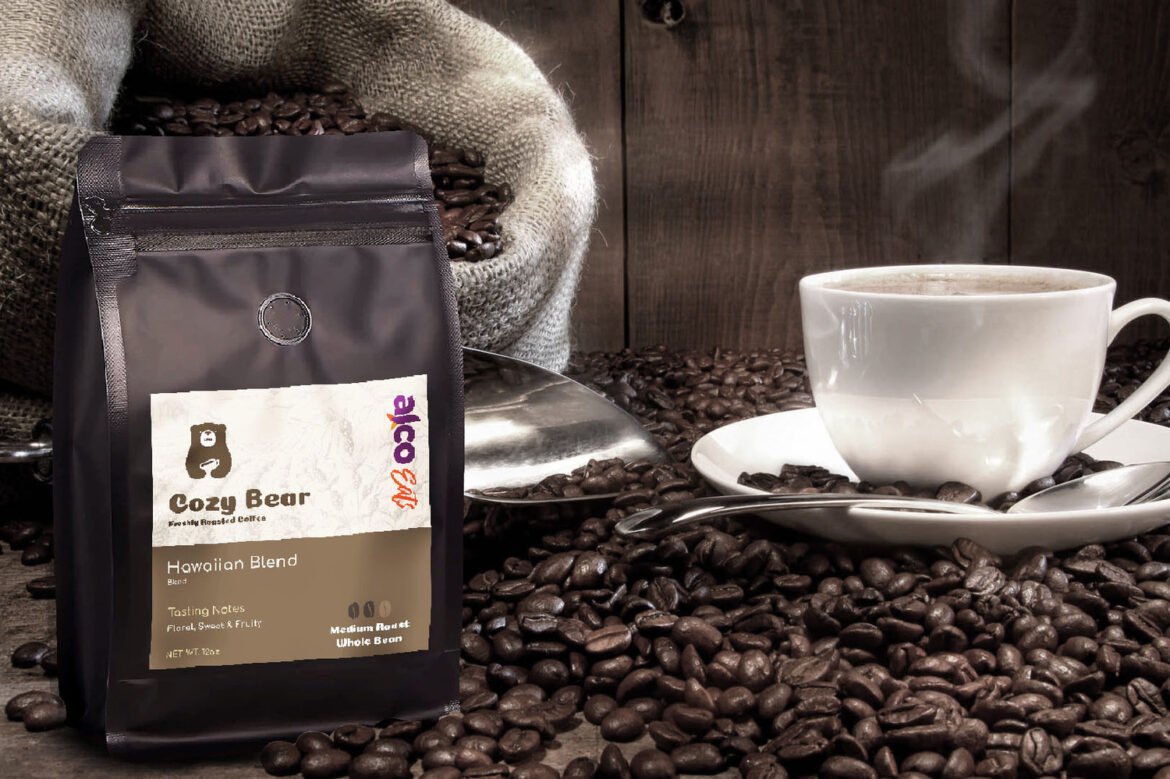The first thing you should learn about when entering the world of Kona coffee is the growing process and manufacture of this specific bean. Kona coffee’s nutrient-rich volcanic soil is perhaps its most important characteristic among the world’s best-growing conditions.
As a consequence, the coffee is rich and aromatic. While the specific flavor varies depending on the brand, the best Kona coffee is often smooth, medium-bodied, and has a slight chocolate flavor with earthy overtones. It has a robust flavor but frequently has a mellow instead of the bitterness associated with heavier coffees.
Single-Origin Kona Coffee
Kona coffee, like “Estate-Cultivated,” “Single-Origin,” or “Single-Sourced,” signifies the beans are grown on a single farm. The same farmer overseers the drying, roasting, and packing. As a consequence, you receive the “Kona” constant quality taste.
The Hawaii Department of Agriculture grades the coffee packed on each plantation (HDA). A bean’s grade is affected by its size, shape, wetness, and rarity. While “extra fancy” is the best quality coffee, the top five steps for Kona types are considered high class. Fancy, number one, select, and prime are some examples.
Smaller, More Sustainable Production Models
Finally, most Kona farms are minor, family-owned operations committed to more traditional, slower, small-batch coffee manufacturing processes. This frequently entails hand-picking each bean, air or conventional drying the beans, and hand-roasting each batch. Consumers will taste more nuanced and distinct flavors and have more significant labor expenditures.
These approaches produce better, more sustainable beans but are more expensive than the bulk production found on more giant industrial farms. Additional expenditures, such as higher manufacturing costs, are passed on to the consumer—but isn’t it worth it for an excellent cup of coffee?
The high quality of this coffee bean makes it suitable for a variety of applications. Several methods can be used to brew Kona effectively. Pounded finely, it makes an excellent latte. A rich and powerful cold brew coffee can be made by soaking Kona coffee grounds in cold water overnight. Additionally, you can prepare black, warm Kona coffee using a French press.
Why Is Kona Coffee So Pricey?
There is no one reason why Kona coffee is more costly than coffee from other parts of the world. Instead, it is the result of several diverse circumstances.
Area Of Small Growth
In comparison to Brazil, Vietnam, or Colombia, Kona has a relatively small coffee-growing region. Approximately 5.7 billion pounds of coffee are produced in Brazil, 3.6 billion pounds in Vietnam, and 1.7 billion pounds in Colombia every year. The Kona coffee bean is only grown in small quantities every year. The limited supply and high demand for 100% Kona coffee result in skyrocketing prices.
Rising Production Costs
Hawaii’s cost of living, and stricter regulations make coffee production more expensive than in other parts of the world. Unlike workers in emerging countries, where most of the world’s coffee is grown, American coffee manufacturers pay their employees a higher minimum wage than workers in emerging countries.
It is admirable to pay employees a livable wage and to ensure firms meet industry standards, however, the additional costs are passed on to consumers.



